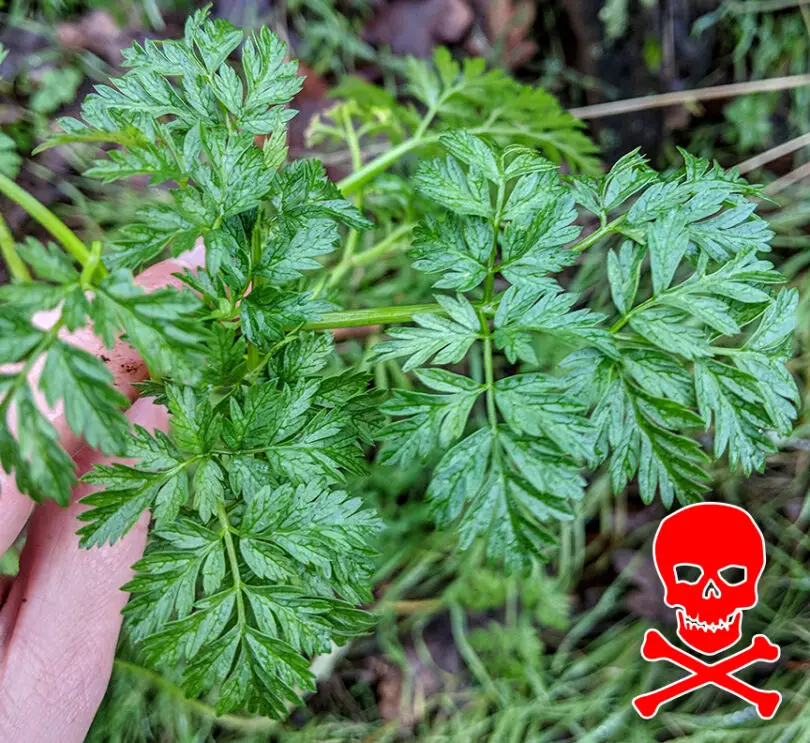Have you ever walked through the woods, stumbled upon a curious plant, and, for the life of you, couldn’t place its aroma? Poison hemlock, known scientifically as Conium maculatum, is one of those enigmatic plants. Its appearance is quite deceiving, often getting mistaken for other benign plants. But its scent? That’s where things get, well, a tad more personal and human.
A Bit of History First… Before diving into its aroma, it’s worth mentioning how poison hemlock has been historically significant. Remember the Greek philosopher Socrates? Yep, he met his end through a brew made from this very plant. With its tall stalks, umbrella-shaped clusters of white flowers, and purple-spotted stem, you’d think its beauty hides no danger. But as history (and Socrates) would tell us, looks can be deceiving.
The Infamous Scent Now, onto the smell. Describing scents can be…tricky. It’s like trying to explain the taste of chocolate to someone who’s never had it. But here we go: most folks who’ve had the (dis)pleasure of sniffing poison hemlock describe its smell as unpleasantly musky. Think of an old mouse nest or a damp, rodent-infested barn. Not exactly the fresh pine or floral note you might’ve hoped for, right? Others have said it’s reminiscent of parsnips gone bad.
For some, like me, the first encounter was marked by a wrinkled nose and a swift “Ugh, what IS that?!” It’s the kind of smell that doesn’t invite you in for a second whiff. It’s pungent and quite distinct, which, given its toxic nature, might be nature’s way of telling us to steer clear.
The Human Connection The curious thing about scents is their ability to evoke memories. A whiff of baked bread might transport someone to their grandmother’s kitchen, while the salty tang of the ocean might bring back a long-forgotten beach vacation. So, what memory does the smell of poison hemlock bring? For most, it’s a mix of curiosity and caution. It’s a scent that, once identified, isn’t easily forgotten.
In Conclusion Poison hemlock’s aroma is as perplexing as its dual nature of beauty and danger. If you’re ever out and about and catch a scent that makes you think of a musky barn or decaying parsnips, take a step back, look for those purple-spotted stems, and give a nod to Socrates. Nature, in its wisdom, has a way of warning us, often through our very human senses. Just remember: sometimes, it’s okay not to stop and smell the flowers.








